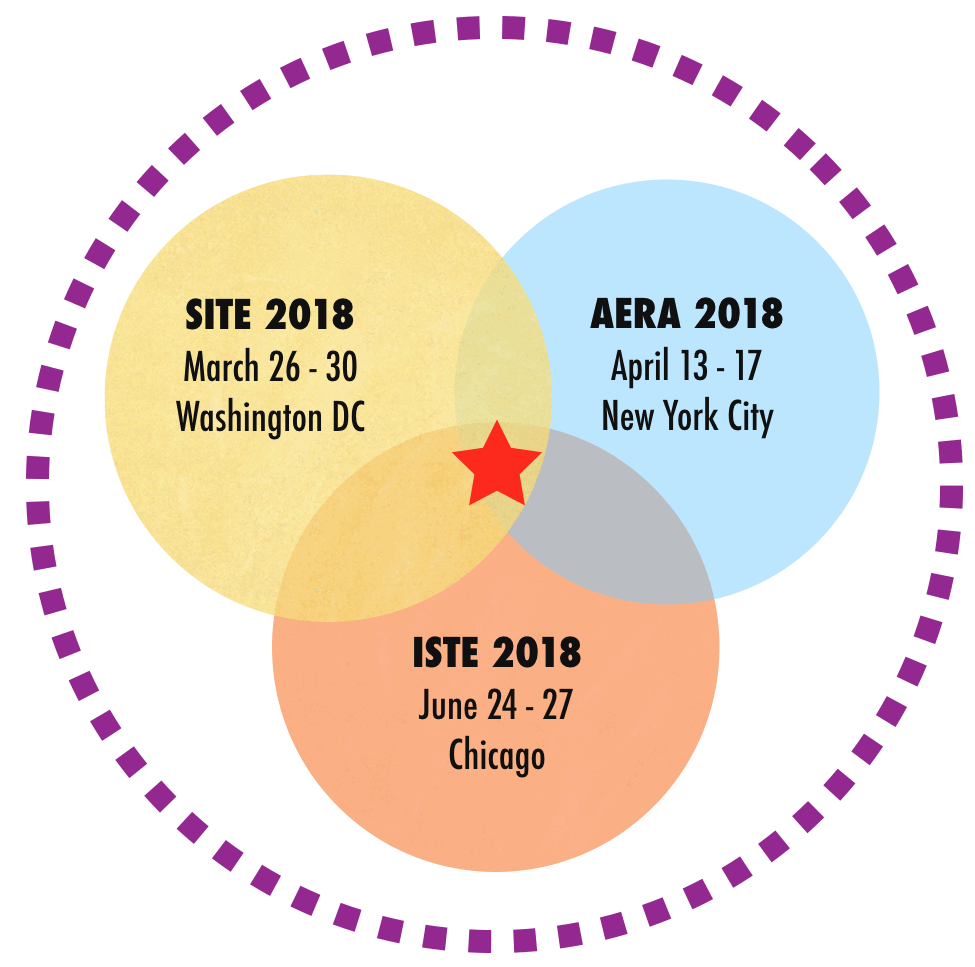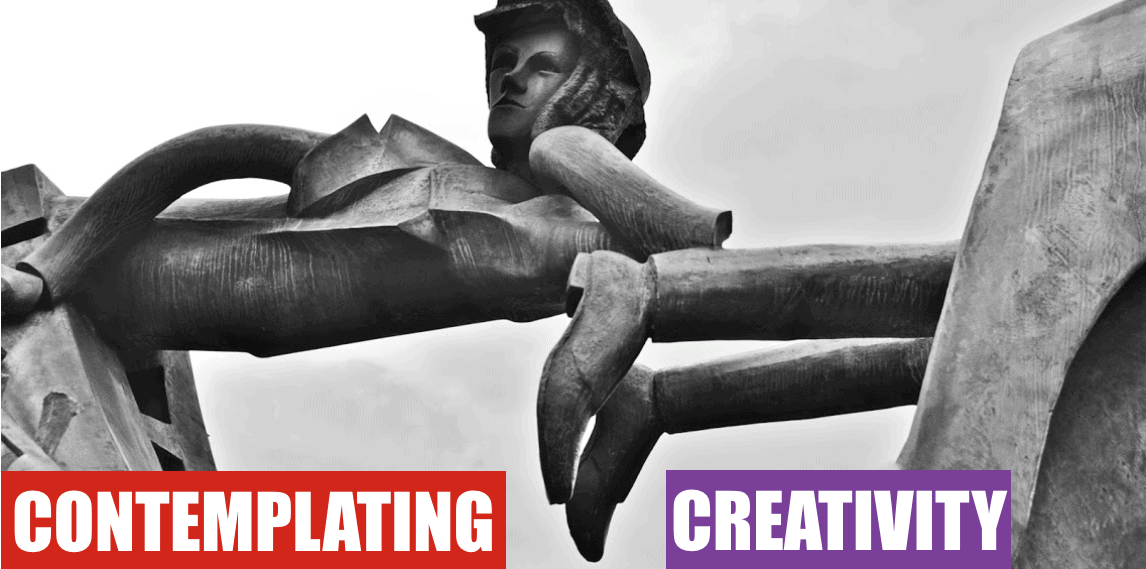The ongoing saga of mis-representing the periodic table for any darned list of objects continues… Here is a new one sent in by my friend and colleague Patrick Dickson: A periodic table of Typefaces.

Now I won’t beat a dead horse here, (Nashworld has a great posting about this and I have written about it here) but tables of this kind just drive me up the wall.
The design of a representation needs to emerge from the properties of the data being represented. It bugs me no end when designers (who are really the people who ought to know better) try to shoe-horn their information into a representation that is pre-selected based on its “cuteness” factor. In fact the page above that includes this table, the designer describes how they came about developing this table. This is what they say:
Ranking was determined by statistically sorting and combining lists and opinions from the the sites listed below. The final overall ranking was achieved depending on how many lists the particular typeface was presented on and it’s ranking on the lists (if the particular source list used a ranking system; some did not, in which case just the typeface’s presence on the list boosted it’s overall score.) After averaging the typefaces appearances and rankings a composite score was given and the list was sorted on a spreadsheet then finally given an overall score of 1 through 100 based on it’s final resting position.
So far so good… but everything goes south in the very first sentence of the next paragraph. Check this out:
Unfortunately, the typefaces could not be sorted exactly numerically on the table while at the same time keeping them in groups of families and classes. It had to be one or the other. Of course it COULD have been done but I would have had to seriously sacrifice aesthetics of the overall design (i.e. it wouldn’t have come out looking AT ALL like a traditional periodic table.) However, upon close inspection, you find that at least the typefaces are ordered within their family/class groupings.
Just read through the last paragraph again. Two key issues stand out for me. The first is the fact the designer is willing to forsake the emergent patterns, based on all the work they had done described in the earlier paragraph, in order to force fit it into a shape like a periodic table. Clearly as they say, “it had to be one or the other” but the choice they make seems fundamentally incorrect to me.
Second, I have a big concern with the superficial manner in which the word “aesthetics” is used by the designer. Too often “aesthetics” has been caricatured as being the surface features of a design, something that can be tacked on after everything else, of importance, has been finalized. Genuine aesthetics, it seems to me, is a sense of coherence and elegance, of coming-together of the inner and outer worlds of the design.
Now this can be seen as a fun project, completed tongue-in-cheek, a quasi ironic statement on ideas of representation, in which case my ranting here may be a bit over the top. It that is the case, I apologize, without taking back any of the larger points being made here.



Punya,
I very much appreciate your response. It’s funny because like I said before, the responses to this design has been so overwhelmingly positive that I was really digging and searching for the negative postings just so I wouldn’t feel like I was crazy! Unfortunately, the few I found were pretty juvenile and brief: “thatz stoopid” and “I hate these table jokes” and “they should have put Comic Sans in there” and so on and so forth. Nothing worth responding or trying to defend myself to.
So when I read your thoughts, I genuinely got excited that you took the time to read what I wrote (even though we both agree it was somewhat worded poorly) and really thought about very clearly explained what bothered you about the design. How can that not be completely respected? It really touched a nerve with me not because I’m defensive by nature, but because you worded so elegantly what bothered me most about the design during my wrestling around with the layout – “Genuine aesthetics, it seems to me, is a sense of coherence and elegance, of coming-together of the inner and outer worlds of the design.” You are so right and I purposefully sacrificed genuine aesthetics for the reasons you already know and seem to understand.
Yeah, it’d be exactly the same if I were to do that design again (believe me, because I know there were no other options), but what you said will stay with me in a much deeper and tangible way when I tackle future designs.
Thank you again.
Cam
Dear Cam, thank you so much for your gracious note. I am not sure whether I would have been as generous as you have been if the same level of commentary had been directed at something I had spent time creating.
I think you have clearly spent a great deal of thought in this – and I think the point you make “All I wanted was for a person to see it on the wall and at a glance think “oh a periodic table of elements” but then look again and be surprised” is one that I know motivates me a lot as well. So in some sense my criticism was unfair (which I sort of spoke of at the end of my posting).
Generating that “Aha” moment is something that motivates a lot of designers and frankly I need to think about this the next time I take off on someone’s work 🙂
Thank you again for writing to me. I appreciate the fact that you took what I wrote in the spirit it was intended.
All the best.
Punya,
You are absolutely right. Funny you mention the word aesthetics because I was JUST re-reading what I said (before seeing your take on the whole thing) and felt uncomfortable with my use of it.
Anyway, believe me, I wrestled so much with the thought of not arranging the table in such a way that it would be more FUNCTIONAL than visually RECOGNIZABLE. I had a layout in Flash (easier for me to manipulate by grabbing squares and dragging around) with color coded numbered cells. The color codes represented each group/class. I arranged that thing so many way trying to make it all grouped into the classes and at the same time be in numerical order. If I had done so in the end, the thing would have been UGLY. There was just no way I could figure out how to make it work.
Look at just the Sans-serif Display group as an example. The numbers are 24, 45, 46, 92, and 97. If I were to keep those together in the group, the table would have had to have been extremely WIDE and only two or three cells tall, if you follow my train of thought. There would have to be a ton of spaces throughout the table as well. Visually, I simply could not make it work.
So the next question was: Display them in numerical order, or in family/class groupings. I liked the idea of similar typefaces being adjacent to one another and decided to keep the numberical order WITHIN each group.
Finally, as superficial and kitchy as it is, I wanted the table to look FAMILIAR to the viewer. Even the name, though certainly incorrect, was chosen for familiarities sake only as this table is indeed a table in only a very certain, specific sense and it most definately isn’t arranged periodically. If it was simply a block of cells 20 wide and 5 tall I thought it would be really boring, and the numbering would have been even further disconnected than it already is. All I wanted was for a person to see it on the wall and at a glance think “oh a periodic table of elements” but then look again and be surprised.
Finally, and perhaps most importantly, I created this table as something I wanted to have printed and framed and hanging on my wall. Just me. Seriously, there were no intentions of this incredible exposure.
I posted this for the first time on Monday, March 9th. I e-mailed Jacob Cass who runs justcreativedesign.com which is where two of the source typeface lists came from. I e-mailed him just as a courtesy and to show him how I used a couple of his lists. Well, I went to bed that night and woke up to a Behance page with 5,000 views and e-mails starting to pour in. He apparently Twittered, Dugg, Stumbled, etc etc and it took off from there. It’s been fun, flattering and very educational.
I’m inquiring companies to get a good, quality print done not to sell as profit, but to sell at cost so I can afford to have a quality print of it as originally intended, for myself.
Your final statement is spot-on. It was considered a fun project. But your ranting is certainly not over the top nor is an apology necessary. I’m thrilled to see someone out there that looked at in a totally different way than the majority. There has been over-whelmingly positive feedback and comments that made me feel good (of course, who wouldn’t?) but reading a well-written and obviously thought out, educated critique of the OVERALL statement is really really cool (for lack of a better description). Thank you.
P.S. Oh and I had no idea how many other goofy periodic tables there were out there until I started seeing people writing “another periodic table…”